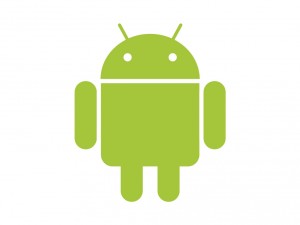 The other day, being a little bored, thoughts of getting a new phone came to me. Whenever this happens, a quick look at the price and sense returns. But that does not help with the boredom.
The other day, being a little bored, thoughts of getting a new phone came to me. Whenever this happens, a quick look at the price and sense returns. But that does not help with the boredom.
Another thing that makes justifying a new phone hard is the, working perfectly well, Sony Ericsson Xperia™ X8 in my pocket. But that phone is no longer supported by Sony Ericsson and is therefore not going to be upgraded past Android™ 2.1. We will have to see what we can do about that!
Not being a regular in the Android hacking world, this was a little bit of a poke in the dark. My first call was to CyanogenMod. A number of time, I have heard people being very happy with it. I seems that work has been done to support the older Xperia models, but had not made it to an officially supported phone. A number of videos on YouTube hinted that it was possible, so more effort was required.
After spending one whole evening bouncing from one forum to the next, skim reading instructions here and there, I gave up for the night. My next attempt was a little more successful. As a reminder to myself, I am going to list the steps I took to get Android 2.3.7 working on my Sony Ericsson Xperia X8. This is not a recommendation to anybody to do the same. Some steps may be missing. Doing this could brick your phone. Proceed at your own risk! Don’t blame me. etc.
- Get root
- The easiest way to do this is is with Super One Click. There is sure to be a manual method of doing this, but this worked here. Well it did after installing the .NET stuff as mentioned.
- xRecovery
- Next, xRecovery needs to be installed. My first attempt at this failed, but that was probably because the file permissions were not correct. A file manager that can make use of the root powers helps here. There is sure to be lots of options, but ES File Explorer works just fine.
- Backup
- With xRecovery working, do a backup. Now, as long as xRecovery does not get hosed, we can always get back to a working phone.
- Anttek App Manager
- Now that we have root, and have backed up our system, we can use this tool to remove some of the bloat.
- GingerDX
- Now download a new ROM pack, stick it on the SD card, reboot into xRecovery and load the new ROM. When I first did this, all it would do was loop the boot screen a few times, then lock. It appears that a factory reset is required. Fortunatly, that can be done from xRecovery.
Now we have Android 2.3 working and an old phone is given a new lease of life.




